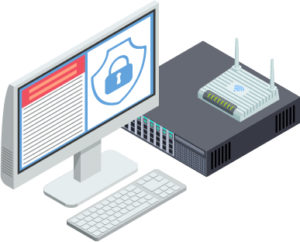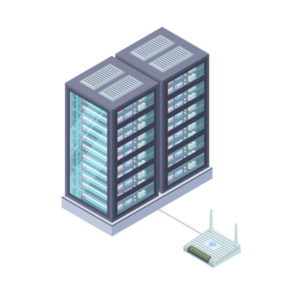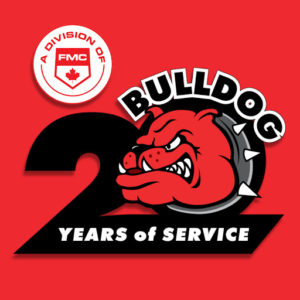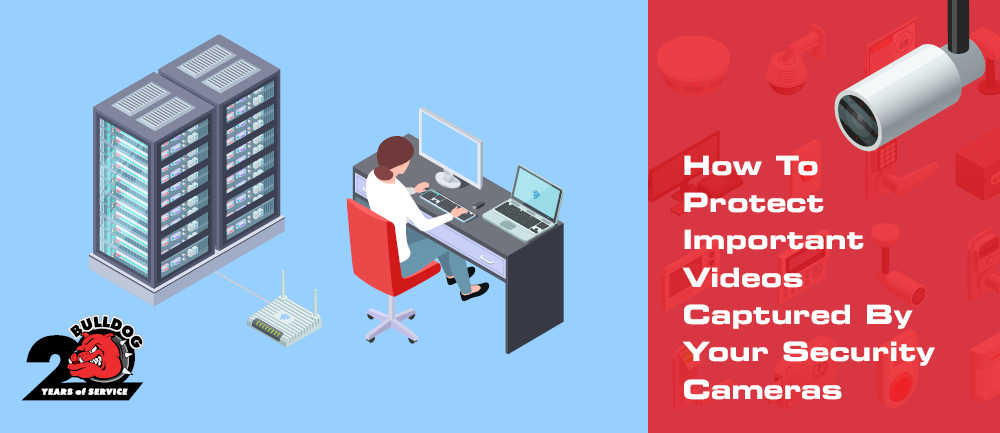Installing a video surveillance system at your building is a key tool to help keep people and property safe. Often times, the mere presence of security cameras is enough to deter a would-be thief from attempting to break into your building. However, in the event that a break-in does occur, video surveillance assists by providing proof and evidence in the event that camera footage needs to be provided to the authorities or your insurer.
One of the most important things to consider in the event that camera footage is required, is ensuring that the video does not get lost on the video surveillance system. The majority of video surveillance recording is done by a Network Video Recorder (NVR), which keeps a fixed amount of video on its hard drive. The amount of footage that is kept is dependent on both the size of the hard drive, the number of cameras that are part of the system, and the recording rates that those cameras are set to. Common practice is to retain approximately 30 days worth of storage, but more or less could be applied depending on your requirements. Once the storage capacity is maximized, the NVR will begin to overwrite the oldest footage, so it is critical to preserve important video footage.
To assist you, here are three methods to protect important video on your video surveillance system:
1. Protect the Video Footage on the NVR

Most video surveillance systems have the ability to protect video on the NVR itself. By using this feature, the protected footage will remain on the NVR even when the hard drive fills up. The ability to flag specific footage is a great feature that makes it easier to locate in the event that it is needed at a later date. The challenge of this method is that if something were to happen to the NVR, the video could no longer be accessible. Consult with your NVR’s user manual or contact your security integrator to walk you through how to activate this feature.
2. Export the Video Footage From the NVR

The most common way to protect video footage is to export it from the NVR. Typically, when this is done, the video is then stored on an external device such as an external hard drive, memory card, or USB device. By exporting the footage you’re ensuring that it will not be inadvertently overwritten. Additionally, you should ensure that the device you are exporting to remains in a secure location so that it does not get lost.
3. Cloud-Based Video Surveillance Storage

The third option to protect the video is to upload it to the cloud, which is a secure internet-based server. Exporting is a common function however, because uploading video requires significant bandwidth, you’ll want to consider a schedule to minimize disruptions. It’s best to consult with your security integrator to ensure that your system is compatible with this storage method. The main benefit of cloud-based video surveillance storage is that the video footage can be retrieved and viewed from anywhere as long as you have access to the Internet.
Contact Us

For 20 years, Bulldog Fire and Security has been an expert in Security Camera System installation, having installed a variety of systems across Southwestern, Ontario.
If you’re interested in learning more about security cameras and video surveillance, call us at 1 866 670 1590, email info@bulldogsecurity.ca,
or fill out the contact form below.

